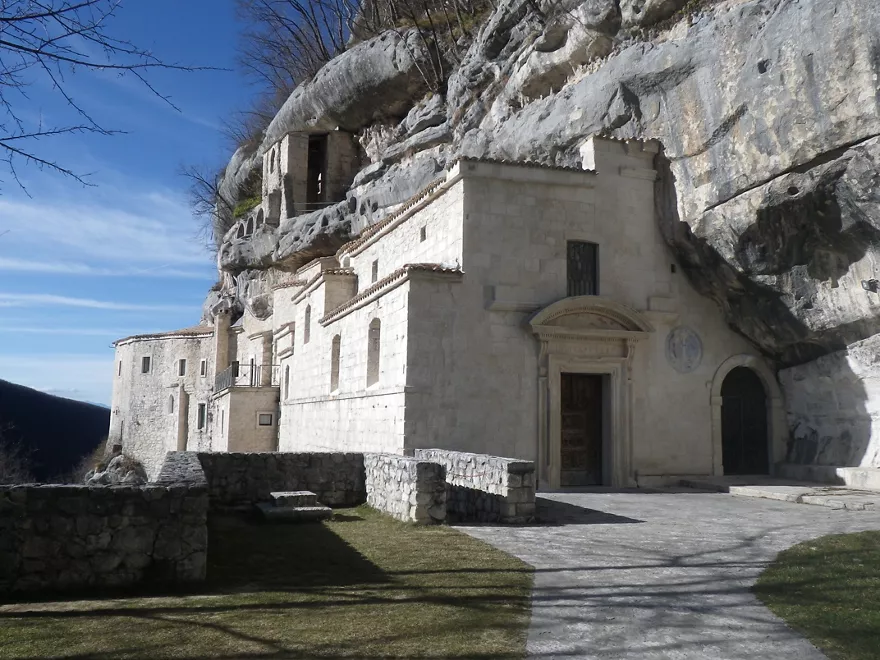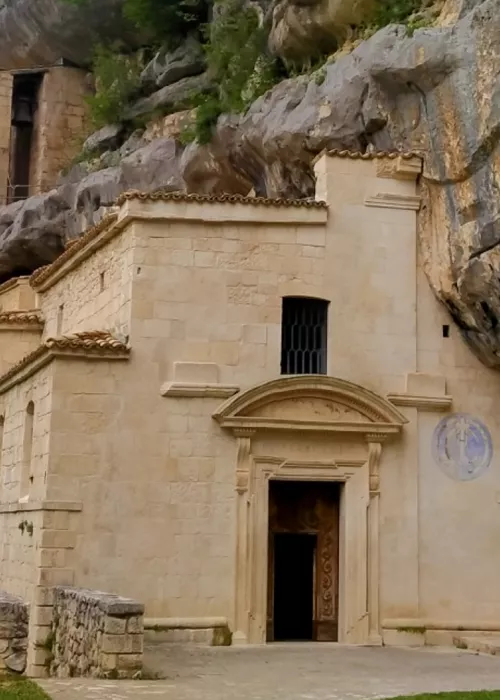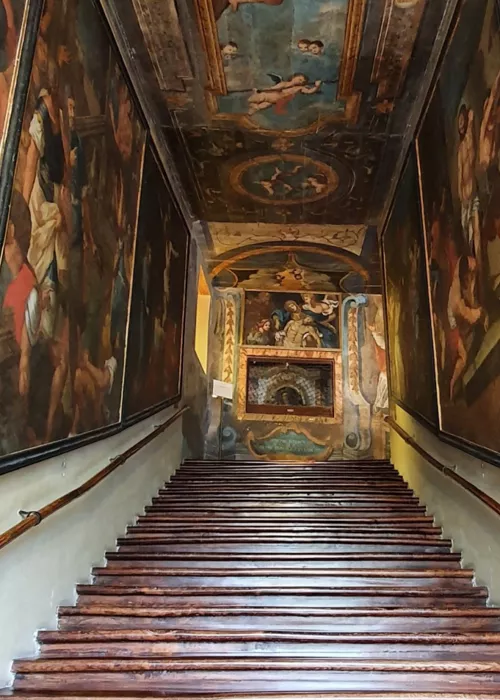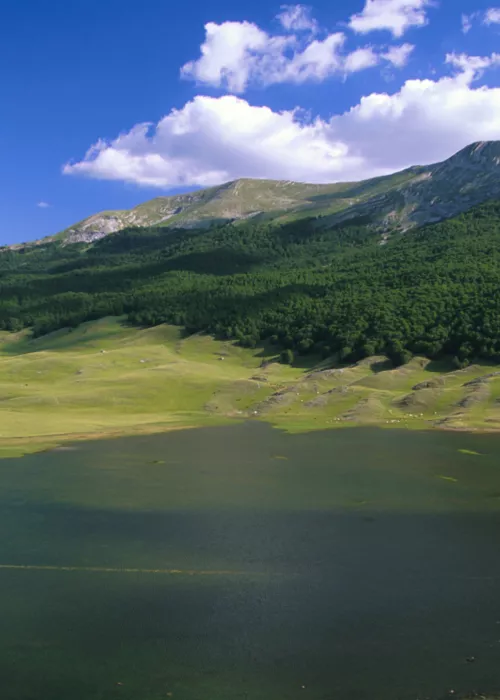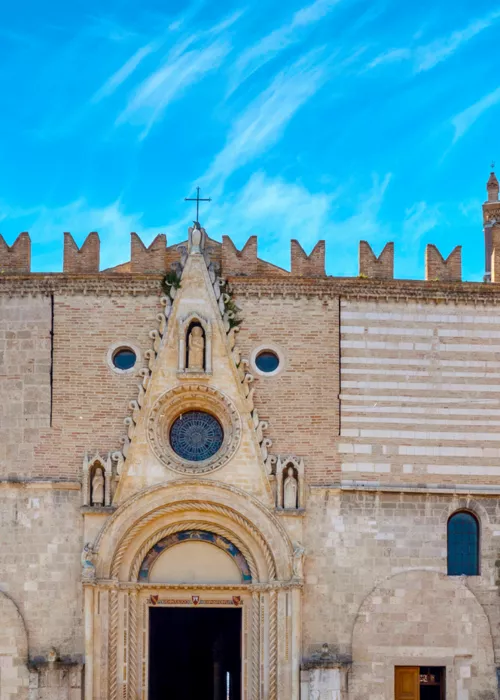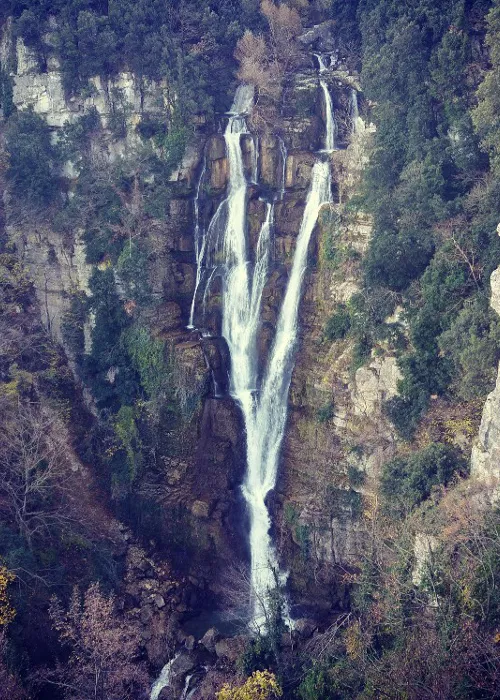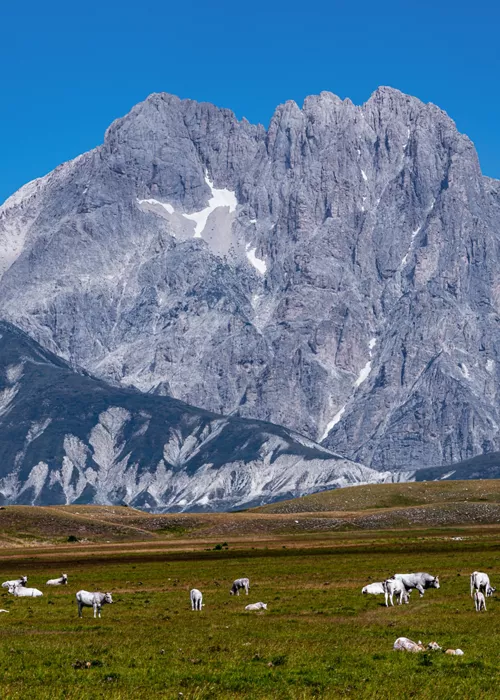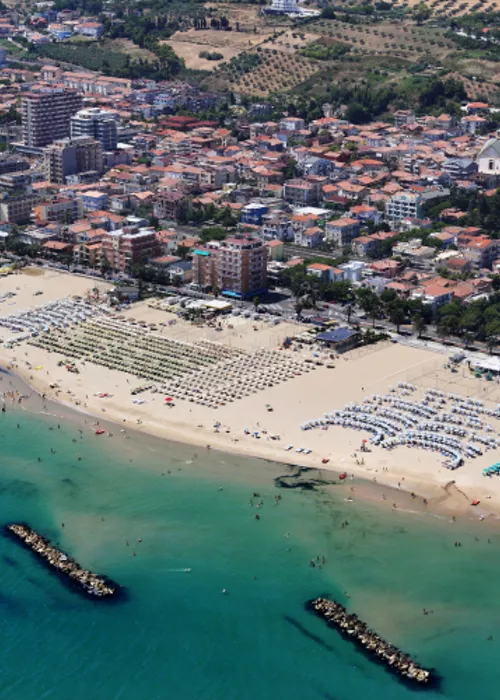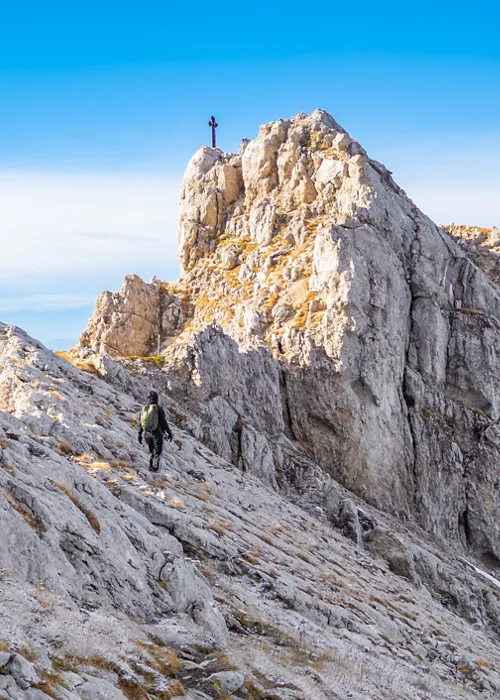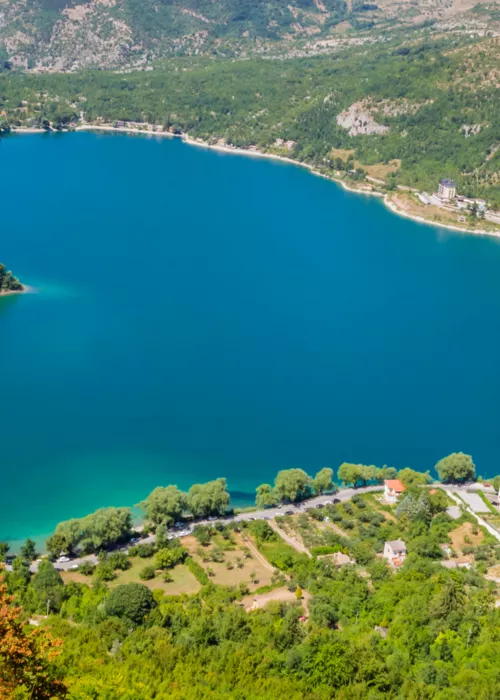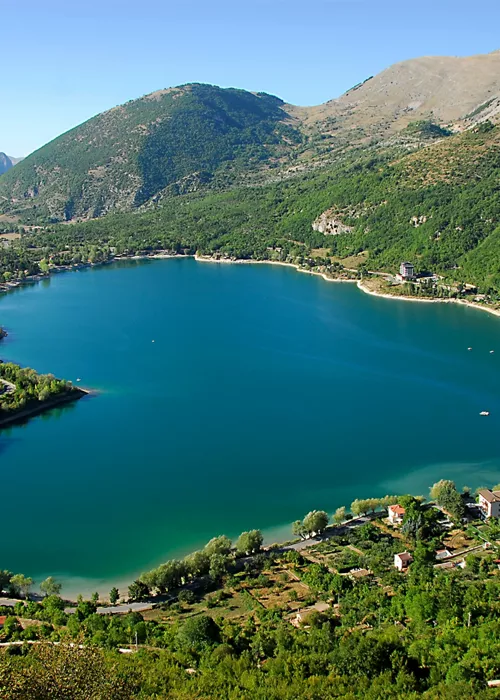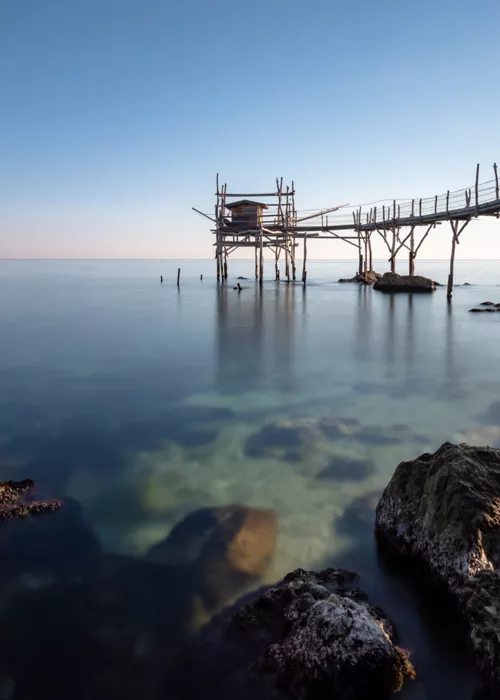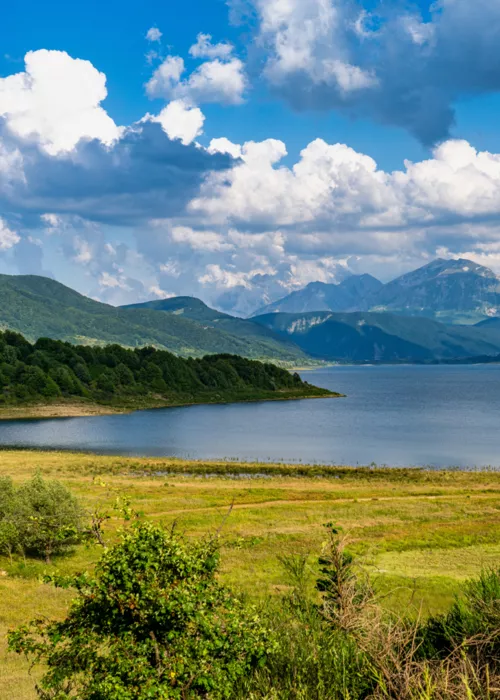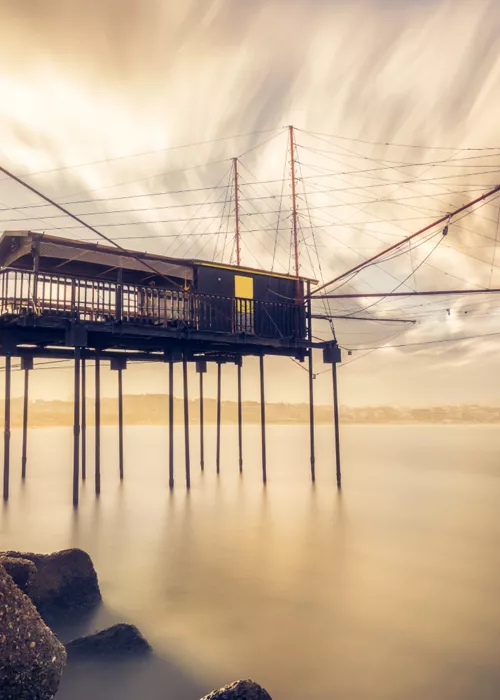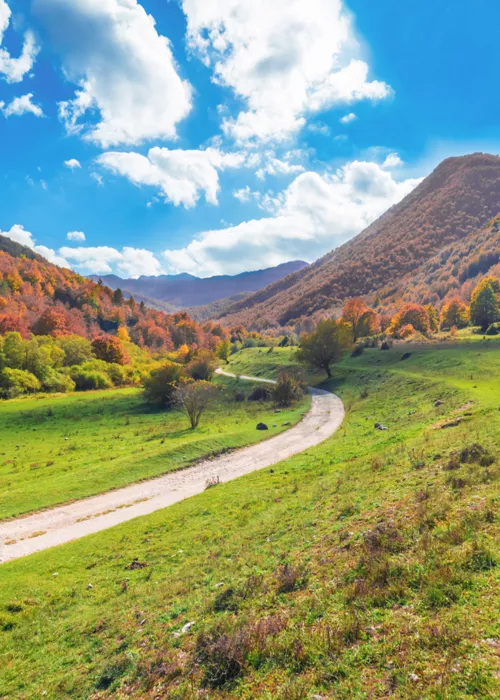Discovering the hermitages of Abruzzo: two spectacular pearls of the Majella
3 minutes
A magical place for skiing, hiking, long walks and bouldering, the Majella National Park is part of the thousand-year-old history of the area, rich in age-old villages perched on the sides of the mountains. Two of these sacred hermitages, San Bartolomeo in Legio and Santo Spirito a Majella, are places of ancient beauty.
Prayer, meditation and refuges: the history of hermitages in Abruzzo
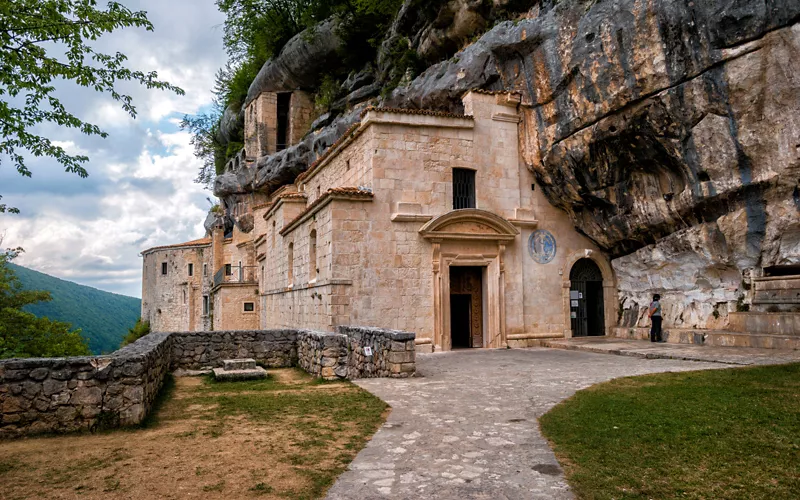
Near to Rome, the sacred hermitages in Abruzzo attracted men of faith, even from the Far East, who were engaged in the work of Christianisation. Many decided to retreat to the remotest slopes of the Abruzzo mountains to pursue a life of prayer and meditation, giving rise, between 1000 and 1600, to a hundred or so hermitages still scattered around the National Park today.
The best known are San Bartolomeo in Legio and Santo Spirito a Majella. Both are located on the border of the Majella and Morrone parks, in the surroundings of the small village of Roccamorice (Pescara).
A jewel in the mountain: San Bartolomeo in Legio
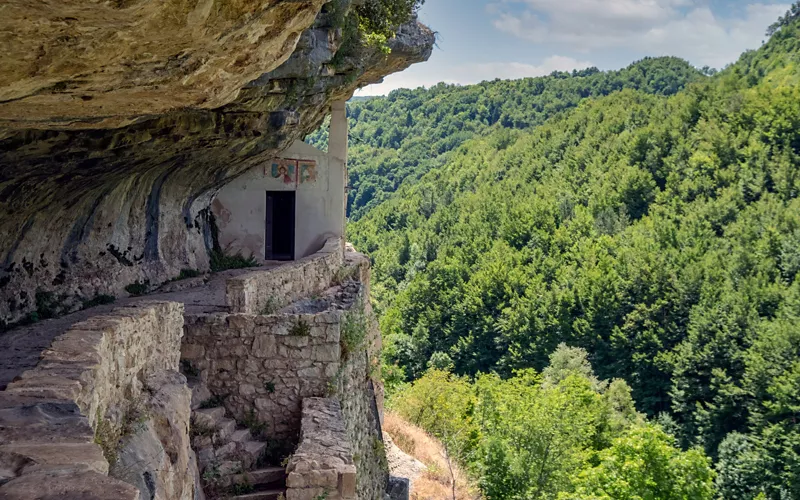
A magical place to gather your thoughts and enjoy unparalleled peace, the hermitage of San Bartolomeo in Legio was carved into a mountain. It was built after 1250 by the hermit Pietro Angelerio da Morrone, the future Pope Celestine V, on the ruins of an earlier building.
The hermitage is dedicated to St Bartholomew, a statue of whom is placed in the niche of the altar. During processions, it is lovingly carried by the faithful, as if cradling a baby.
Two paths to the hermitage of San Bartolomeo in Legio
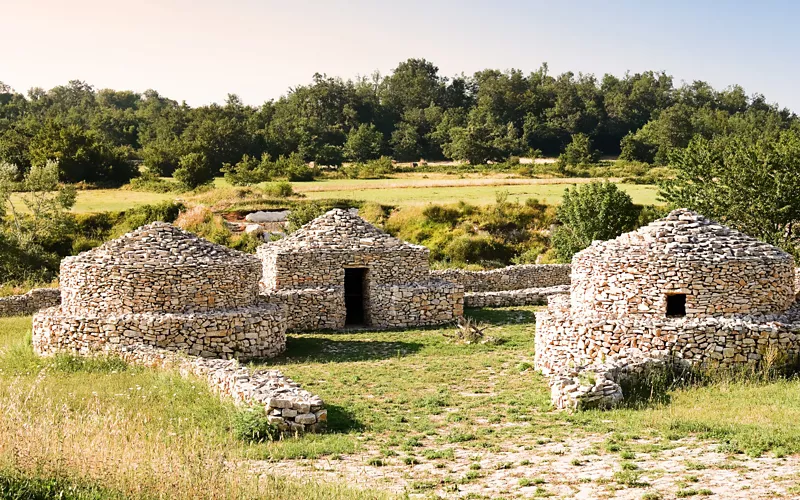
Two paths lead to the hermitage of San Bartolomeo in Legio: the first, descending from Valle Giumentina, lets you admire the hermitage on the opposite side, camouflaged among the rock. The second descends from Roccamorice, leading to a tunnel carved into the stone that goes directly to the area in front of the oratory.
The first path, travelling from the Eco Museum of the Palaeolithic at Valle Giumentina in Abbateggio to the Hermitage, offers 40 minutes of easy, downhill walking. The reward at the end is the overwhelming view of the Hermitage in the distance, in all its splendour.
Breathtaking views and miraculous springs
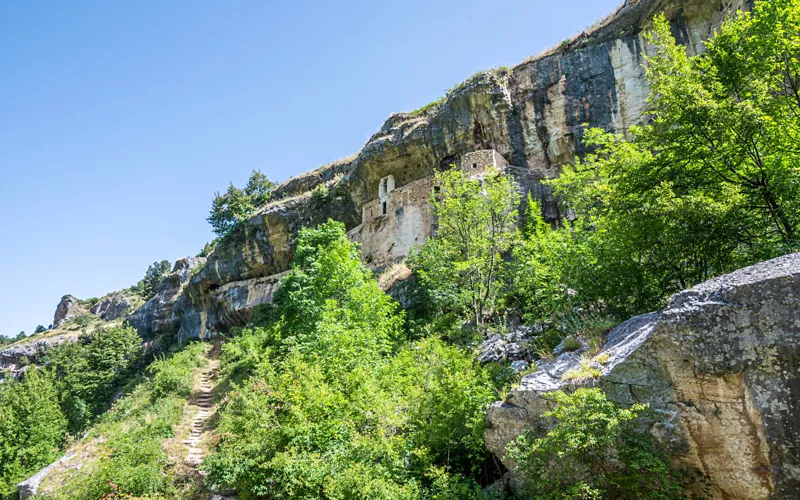
At the hermitage, you will be wowed by a gallery, a water basin and a church full of religious frescoes.
This is a very popular place of worship, particularly during the procession on 25 August. Various rituals are performed at a spring believed to be miraculous inside the church, with water sourced from the right side of the Capo la Vena stream.
Climbing the staircase carved into the rock to the left of the building offers you breathtaking views. From here, you can retrace the path to Roccamorice.
The magic of the hermitage of Santo Spirito a Majella
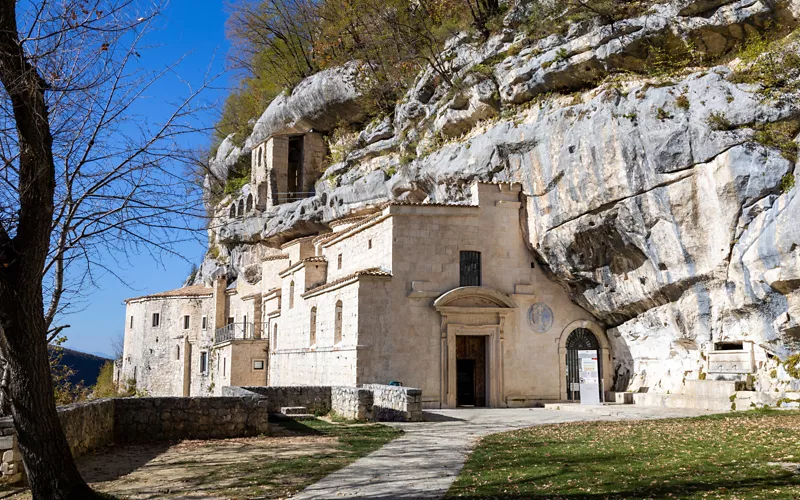
About two and a half hours from the main village, we find one of the region’s most significant places of worship: the hermitage with the Abbey of Santo Spirito a Majella, a charming place that takes you back in time. Built before the year 1000, after years of neglect the building was renovated by Pietro Morrone, the future Celestine V.
Walking around the hermitage of Santo Spirito is an indescribable experience. To access the Abbey, you need to pass through a narrow, dark, but deeply impressive passageway that leads to the well-preserved rooms of the building. The picturesque interior of the church is still used for ceremonies today. Leaving through the side door takes you to the Holy Stairs, which leads to the Oratory of Magdalena, with its enchanting views of the valley. The Abbey is known for its succession of staircases and tunnels.
Trekking and climbing
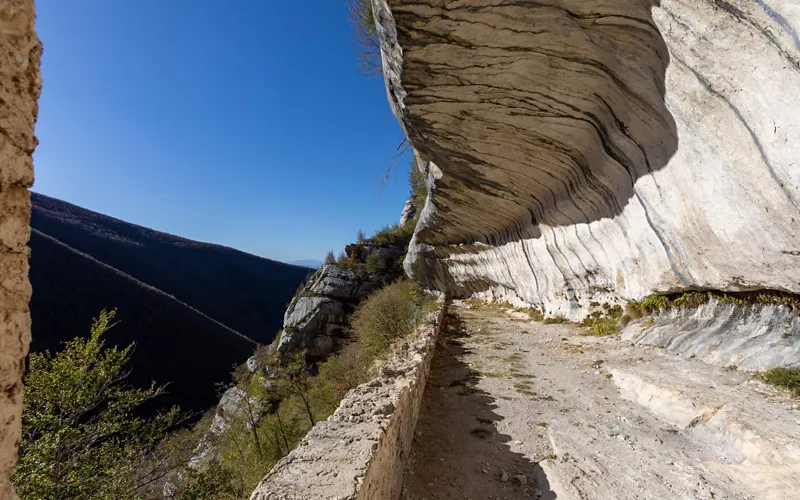
A long-standing pilgrimage destination, as well as walking around the area you can also enjoy the well-equipped sports grounds around the hermitages.
The more daring can climb the fantastic Parete dell'Orso (Wall of the Bear), while nature lovers can appreciate long walks or treks along the nature trails in the green hills of Abruzzo.

